Home>Furniture & Design>Interior Design Trends>How To Pick Up Broken Glass
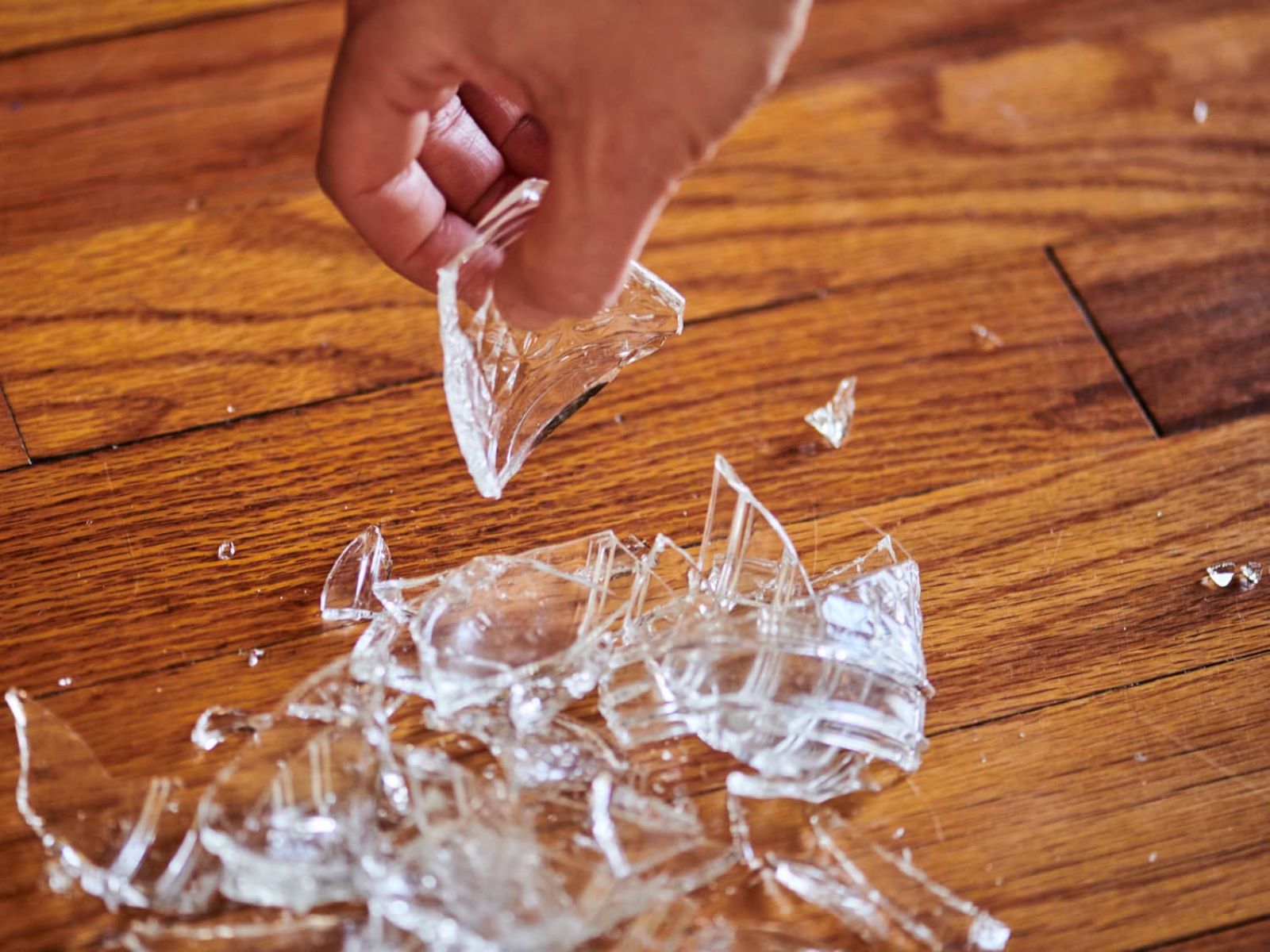

Interior Design Trends
How To Pick Up Broken Glass
Modified: February 18, 2024
Learn how to safely pick up broken glass and keep up with the latest interior design trends. Find out the best practices for handling broken glass and staying on top of interior design styles.
(Many of the links in this article redirect to a specific reviewed product. Your purchase of these products through affiliate links helps to generate commission for Storables.com, at no extra cost. Learn more)
Introduction
Dealing with broken glass can be a daunting task, but with the right approach, it can be managed safely and effectively. Whether it's a shattered vase, a broken window, or a dropped glass, accidents involving glass are not uncommon in our daily lives. However, it's crucial to handle broken glass with care to avoid injuries and ensure a thorough clean-up.
In this comprehensive guide, we will explore the step-by-step process of safely picking up broken glass, from gathering the necessary supplies to disposing of the shards properly. By following these guidelines, you can minimize the risk of accidents and ensure that your living or working space remains safe and free of hazardous debris.
Let's delve into the essential safety precautions and methods for handling broken glass, equipping you with the knowledge and confidence to tackle this common household challenge effectively.
Key Takeaways:
- Stay safe when picking up broken glass by wearing protective gear, securing the area, and moving deliberately. Use the right tools like gloves, broom, and vacuum for a thorough clean-up.
- Dispose of broken glass responsibly by sorting and labeling it, exploring disposal options, and avoiding mixing it with regular waste. Prioritize safety and minimize potential risks.
Read more: How To Clean Up Broken Glass
Safety Precautions
When dealing with broken glass, prioritizing safety is paramount. Before initiating the clean-up process, it's crucial to take the necessary precautions to minimize the risk of injuries. Here's a detailed overview of the safety measures to consider:
-
Protective Gear: Before approaching the broken glass, ensure that you are equipped with the appropriate protective gear. This includes wearing sturdy, closed-toe shoes to shield your feet from sharp shards. Additionally, consider wearing thick gloves to safeguard your hands from potential cuts and splinters.
-
Secure the Area: Begin by cordoning off the area where the glass has shattered to prevent others from accidentally stepping on or coming into contact with the shards. Use caution signs, barriers, or simply alert those in the vicinity to ensure they steer clear of the hazardous zone.
-
Assess the Situation: Take a moment to assess the extent of the glass breakage. Identify whether the glass has shattered into large, jagged pieces or if there are smaller, more challenging-to-spot fragments scattered around. This assessment will help you determine the most appropriate clean-up method.
-
Mindful Movements: When approaching the broken glass, move slowly and deliberately. Avoid making sudden movements or gestures that could cause the shards to shift or scatter further. Maintain a steady pace and exercise caution to prevent accidental injuries.
-
Avoid Bare Hands: Under no circumstances should you attempt to pick up broken glass with your bare hands. Even seemingly large pieces can have sharp edges that pose a significant risk of cuts. Always use tools or protective materials to handle the glass safely.
-
Keep Pets and Children Away: If the broken glass is within a household setting, ensure that pets and children are kept at a safe distance from the area. Supervise their movements to prevent them from inadvertently coming into contact with the shards.
By adhering to these safety precautions, you can significantly reduce the likelihood of accidents and injuries when dealing with broken glass. Prioritizing safety at every stage of the clean-up process is essential for a successful and risk-free resolution.
Gathering Supplies
Before embarking on the task of picking up broken glass, it's essential to gather the necessary supplies to facilitate a safe and thorough clean-up process. Equipping yourself with the right tools and materials will not only streamline the task but also contribute to minimizing the risk of injuries. Here's a detailed overview of the supplies you'll need to effectively manage the aftermath of broken glass:
-
Sturdy Gloves: Invest in a pair of thick, durable gloves to shield your hands from potential cuts and splinters. Opt for gloves made of materials such as leather or heavy-duty rubber, ensuring that they provide ample protection without compromising dexterity.
-
Closed-Toe Shoes: Wear sturdy, closed-toe shoes to safeguard your feet from sharp glass shards. Choose footwear with solid soles to minimize the risk of injury from small, unseen fragments.
-
Safety Goggles: Protect your eyes from airborne glass particles by wearing safety goggles. In the event of sweeping or vacuuming, tiny glass fragments may become airborne, making eye protection a crucial component of your safety gear.
-
Stiff Broom and Dustpan: A stiff-bristled broom and a durable dustpan are essential for gathering larger glass pieces. Look for a broom with sturdy bristles that can effectively corral the shards without scattering them further.
-
Masking Tape or Bread: To capture smaller, harder-to-see glass fragments, consider using masking tape or a slice of soft bread. The adhesive nature of the tape and the pliability of bread can effectively pick up tiny shards from various surfaces.
-
Vacuum Cleaner with Hose Attachment: A vacuum cleaner equipped with a hose attachment is invaluable for efficiently removing glass particles from carpets, upholstery, and hard-to-reach crevices. Ensure that the vacuum is equipped with a high-efficiency particulate air (HEPA) filter to effectively capture fine glass dust.
-
Cardboard or Newspaper: Lay down sheets of cardboard or newspaper to create a safe work area for sorting and disposing of the collected glass shards. This protective layer will prevent the shards from scratching or damaging the underlying surfaces.
By assembling these essential supplies, you'll be well-prepared to tackle the task of picking up broken glass with confidence and efficiency. Prioritizing safety and equipping yourself with the right tools are fundamental steps in ensuring a successful and risk-free clean-up process.
Removing Large Pieces
When confronted with broken glass, the initial step in the clean-up process involves addressing the larger, more conspicuous pieces. This phase requires a methodical approach to safely gather and contain the sizable shards, minimizing the risk of accidental injuries and ensuring a thorough clean-up.
Begin by carefully assessing the area to identify the prominent glass fragments. Utilize caution signs or verbal warnings to alert others to steer clear of the hazardous zone. Equipped with sturdy gloves and closed-toe shoes, approach the broken glass deliberately and with focused attention.
Using a stiff-bristled broom and a durable dustpan, systematically sweep and corral the larger glass pieces. Exercise caution to avoid applying excessive force, as this may cause the shards to splinter further. Instead, employ gentle, deliberate movements to guide the glass into the dustpan, ensuring that the bristles of the broom effectively capture the shards without scattering them.
Once the larger pieces have been gathered, carefully transfer them onto a sheet of cardboard or newspaper, creating a designated area for sorting and disposal. This step is crucial in preventing the glass from coming into direct contact with the underlying surfaces, minimizing the risk of scratches or damage.
Throughout this process, maintain a vigilant focus on safety, ensuring that the collected large pieces are securely contained and isolated from areas with foot traffic. By methodically addressing the prominent glass fragments, you lay the foundation for a comprehensive clean-up, setting the stage for the subsequent steps in the process.
With the larger pieces safely contained, the next phase involves addressing the smaller, more challenging-to-spot glass fragments. This transition seamlessly leads into the subsequent stages of the clean-up process, ensuring a thorough and meticulous resolution to the presence of broken glass.
By effectively removing the large pieces, you establish a secure and controlled environment, setting the stage for the subsequent phases of the clean-up process. This methodical approach not only minimizes the risk of injuries but also paves the way for a seamless transition into the subsequent steps, ensuring a comprehensive and effective resolution to the presence of broken glass.
Sweeping and Vacuuming
After addressing the larger glass pieces, the focus shifts to the meticulous task of sweeping and vacuuming to capture smaller, less conspicuous glass fragments. This phase is crucial for ensuring a thorough clean-up, as it targets the tiny shards that may be scattered across various surfaces. By employing a combination of sweeping and vacuuming techniques, you can effectively capture these elusive glass particles, minimizing the risk of accidental injuries and ensuring a comprehensive resolution to the presence of broken glass.
Read more: How To Clean Up Broken Glass From A Carpet
Sweeping:
Armed with a stiff-bristled broom, begin the sweeping process by systematically working your way across the area where the glass has shattered. Employ deliberate, methodical movements to guide the smaller glass fragments toward a central location. Avoid applying excessive force, as this may cause the shards to scatter further. Instead, focus on gently coaxing the glass particles into a confined area, ensuring that the bristles of the broom effectively corral them without dispersing them across the surface.
As you sweep, maintain a keen focus on the task at hand, scanning the area for any glimmering reflections that may indicate the presence of tiny glass shards. Pay particular attention to hard-to-reach crevices, corners, and areas with textured surfaces, as these locations are often overlooked but can harbor hidden glass fragments.
Vacuuming:
Following the sweeping phase, transition to the use of a vacuum cleaner equipped with a hose attachment. Ensure that the vacuum is fitted with a high-efficiency particulate air (HEPA) filter to effectively capture fine glass dust and particles. Starting from the outer edges of the affected area, systematically vacuum the surface, working your way toward the central location where the glass fragments have been corralled.
Employ slow, methodical movements, allowing the vacuum's suction power to capture the tiny glass particles embedded within carpets, upholstery, and other surfaces. Pay close attention to seams, crevices, and areas with textured patterns, as these are common hiding spots for small glass shards. By methodically vacuuming the area, you can effectively capture the elusive glass particles, contributing to a thorough and meticulous clean-up.
By seamlessly integrating the sweeping and vacuuming techniques, you can systematically address the presence of broken glass, ensuring that even the smallest fragments are captured and contained. This methodical approach not only minimizes the risk of injuries but also contributes to creating a safe and hazard-free environment. With the completion of the sweeping and vacuuming phase, the clean-up process moves closer to its comprehensive resolution, setting the stage for the final steps in the safe disposal of the collected glass shards.
Using Tape or Bread to Pick Up Small Pieces
When it comes to dealing with small, elusive glass fragments that are challenging to spot and gather, employing innovative methods such as using tape or bread can significantly enhance the clean-up process. These unconventional yet effective techniques offer practical solutions for capturing tiny glass particles from various surfaces, ensuring a thorough and meticulous resolution to the presence of broken glass.
Masking Tape Method:
One of the most efficient ways to pick up small glass pieces is by using masking tape. This method involves carefully pressing a strip of masking tape onto the affected surface, allowing its adhesive properties to capture the tiny glass fragments. To execute this technique, gently pat the tape onto the areas where the glass may have scattered, ensuring that it adheres firmly to the surface. Lift the tape slowly, taking care to maintain a flat orientation to prevent the glass particles from dislodging. Repeat this process across the affected area, replacing the tape as needed to capture all the small glass shards effectively.
Read more: How To Glue Broken Glass
Bread Technique:
Another ingenious approach to picking up small glass pieces involves using a slice of soft bread. This method capitalizes on the bread's pliability and adhesive properties to capture tiny glass fragments from various surfaces. To utilize this technique, gently press the bread onto the affected area, allowing its soft texture to conform to the surface and pick up the glass particles. The bread's malleable nature enables it to access hard-to-reach spots, making it an effective tool for gathering elusive glass shards. Once the bread has been used to collect the glass particles, exercise caution when handling and disposing of it to prevent accidental contact with the captured shards.
By incorporating these unconventional yet practical methods into the clean-up process, you can effectively address the challenge of picking up small glass pieces. These techniques offer a targeted approach to capturing elusive glass fragments, contributing to a comprehensive and meticulous resolution to the presence of broken glass. With the successful execution of these innovative methods, the clean-up process moves closer to its thorough completion, ensuring that even the smallest glass particles are effectively contained and removed from the environment.
Disposing of Broken Glass Safely
Proper disposal of broken glass is a critical aspect of the clean-up process, ensuring that the hazardous shards are effectively contained and removed from the environment. By following the appropriate disposal guidelines, you can minimize the risk of injuries and prevent potential accidents stemming from mishandled glass fragments. Here's a detailed overview of the safe and responsible methods for disposing of broken glass:
Sorting and Containment:
After the glass fragments have been gathered and captured, it's essential to carefully sort and contain them to facilitate safe disposal. Transfer the collected glass shards onto a sturdy, puncture-resistant container, such as a cardboard box or a plastic container with a secure lid. Avoid using bags or containers that may tear or rupture, as this could lead to accidental exposure to the glass shards.
Labeling and Securing:
Once the glass shards are contained, it's advisable to label the container as "Broken Glass" or "Hazardous Waste" to alert others to its contents. Secure the lid tightly to prevent spillage or accidental exposure. If multiple containers are used, ensure that each one is labeled and sealed effectively.
Read more: How To Dispose Of Broken Glass
Disposal Options:
When it comes to disposing of broken glass, it's important to explore the appropriate disposal options available in your locality. Many communities offer designated hazardous waste disposal facilities or scheduled collection events where broken glass and other hazardous materials can be safely discarded. Contact your local waste management authorities or visit their website to inquire about the specific guidelines and procedures for disposing of broken glass.
Professional Disposal Services:
In cases where the quantity of broken glass is substantial or if it includes specialized glass materials, such as mirrors or tempered glass, consider engaging professional disposal services. These experts are equipped to handle and dispose of hazardous materials safely, ensuring compliance with environmental regulations and safety standards.
Cautionary Measures:
Throughout the disposal process, maintain a vigilant focus on safety, ensuring that the containers are handled and transported with care to prevent accidental breakage. Avoid mixing broken glass with regular household waste, as this could pose risks to sanitation workers and complicate the disposal process.
By adhering to these safe and responsible disposal practices, you can effectively manage the aftermath of broken glass, contributing to a hazard-free environment and minimizing the potential risks associated with mishandled glass fragments. Prioritizing the proper disposal of broken glass is an integral part of the clean-up process, ensuring a comprehensive and responsible resolution to the presence of shattered glass.
Conclusion
In conclusion, the process of picking up broken glass requires a methodical approach, prioritizing safety, and employing effective techniques to ensure a thorough and meticulous clean-up. By adhering to the essential safety precautions, such as wearing protective gear, securing the area, and assessing the situation, individuals can minimize the risk of injuries and create a safe environment for the clean-up process.
Gathering the necessary supplies, including sturdy gloves, closed-toe shoes, safety goggles, a stiff broom, and a vacuum cleaner with a hose attachment, equips individuals with the tools needed to effectively manage the aftermath of broken glass. These supplies facilitate a systematic approach to gathering and containing the glass shards, contributing to a comprehensive resolution.
The process of removing large pieces involves a deliberate and cautious approach, ensuring that the prominent glass fragments are safely corralled and isolated. This sets the stage for the subsequent phases of sweeping and vacuuming, targeting smaller, less conspicuous glass particles to achieve a thorough clean-up.
Innovative methods, such as using tape or bread to pick up small pieces, offer practical solutions for capturing elusive glass fragments, enhancing the effectiveness of the clean-up process. These techniques enable individuals to address the challenge of gathering tiny glass particles from various surfaces, contributing to a comprehensive and meticulous resolution to the presence of broken glass.
Proper disposal of broken glass is a critical aspect of the clean-up process, ensuring that the hazardous shards are effectively contained and removed from the environment. By following the appropriate disposal guidelines and exploring the available disposal options, individuals can contribute to a hazard-free environment and minimize the potential risks associated with mishandled glass fragments.
In essence, the successful clean-up of broken glass hinges on a combination of safety-conscious practices, effective tools and techniques, and responsible disposal methods. By approaching the task with diligence and attention to detail, individuals can navigate the challenges posed by broken glass with confidence and ensure a safe and thorough resolution to the presence of shattered glass.
Frequently Asked Questions about How To Pick Up Broken Glass
Was this page helpful?
At Storables.com, we guarantee accurate and reliable information. Our content, validated by Expert Board Contributors, is crafted following stringent Editorial Policies. We're committed to providing you with well-researched, expert-backed insights for all your informational needs.
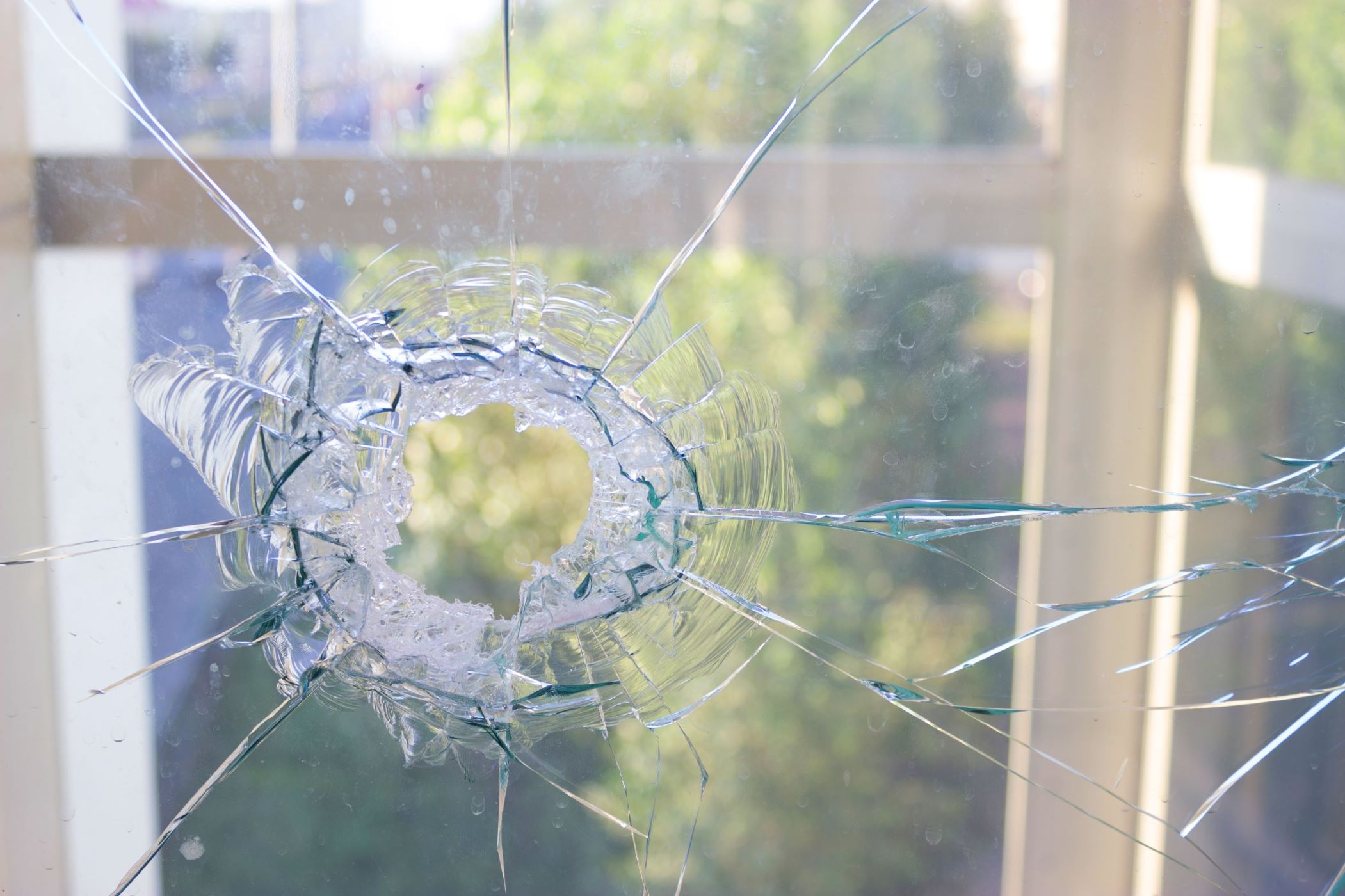

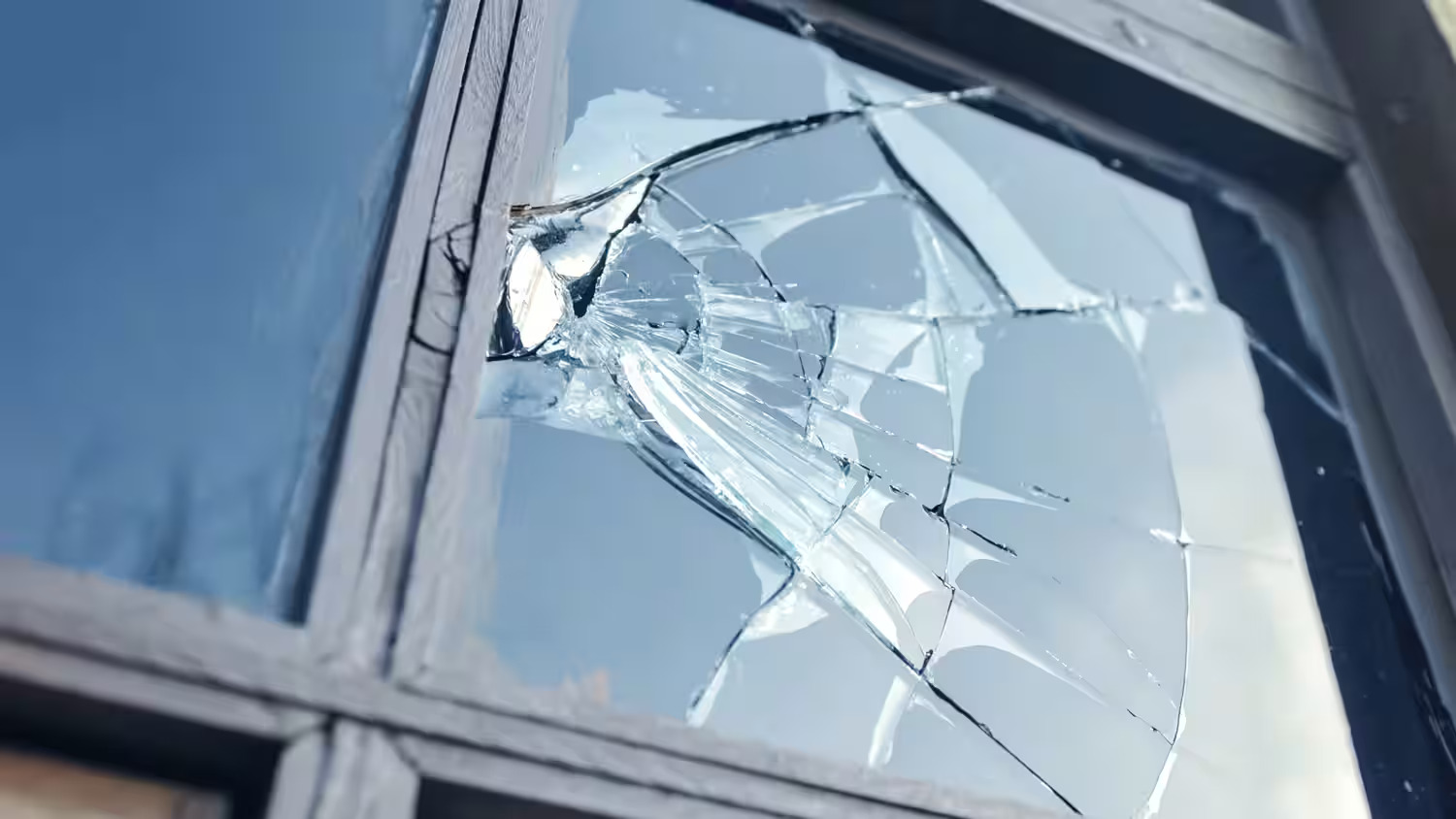
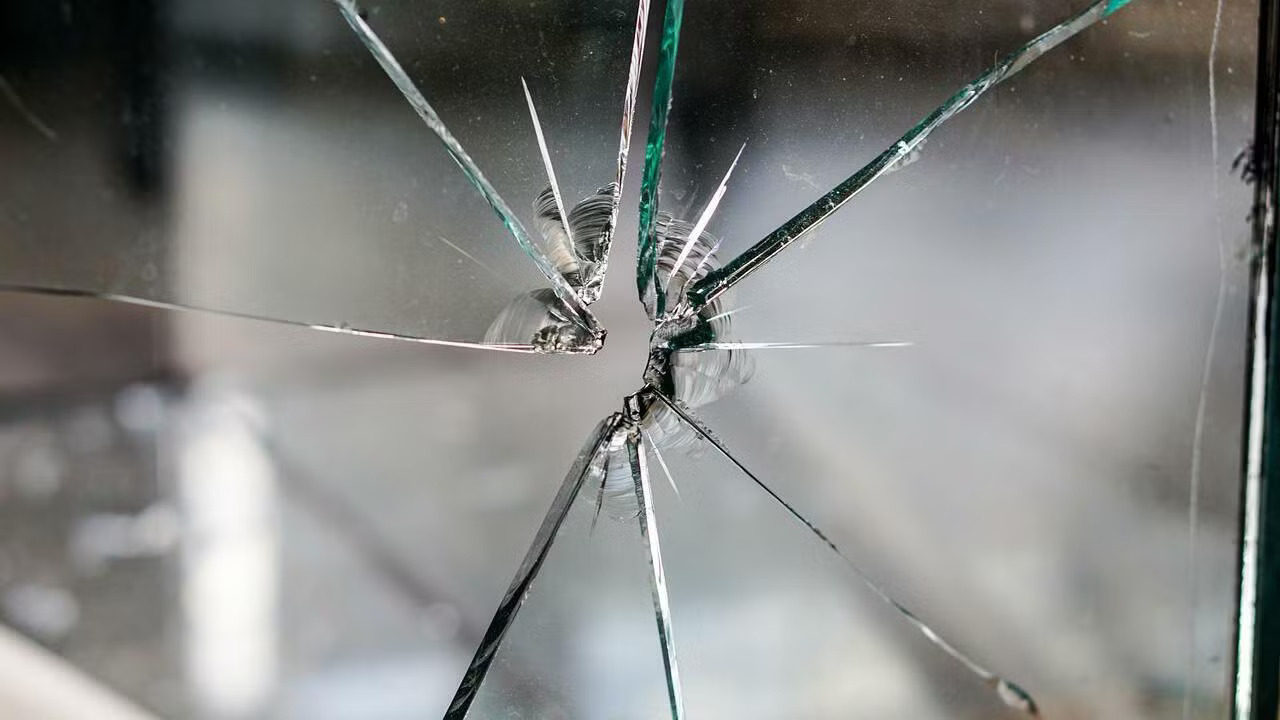
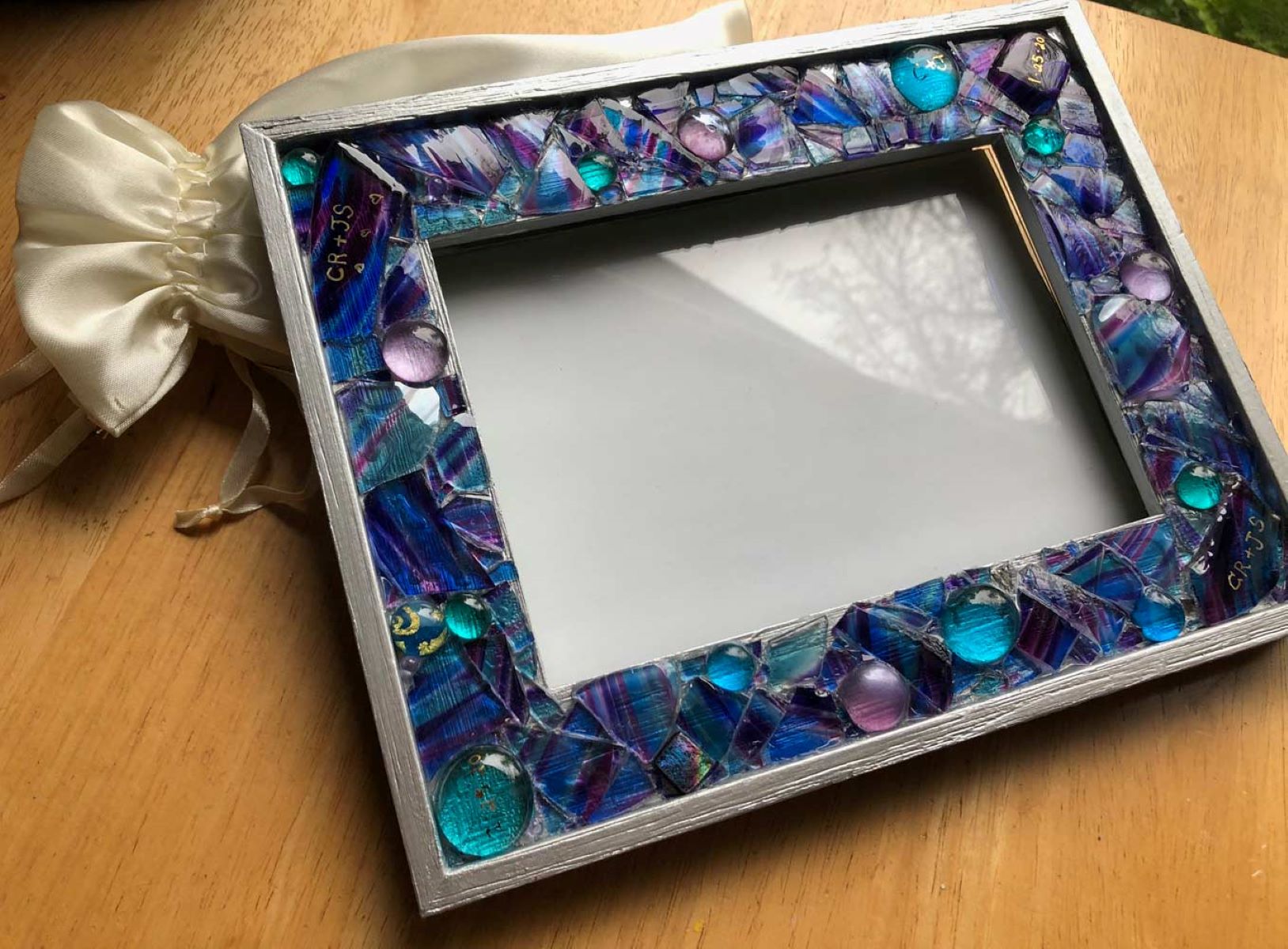
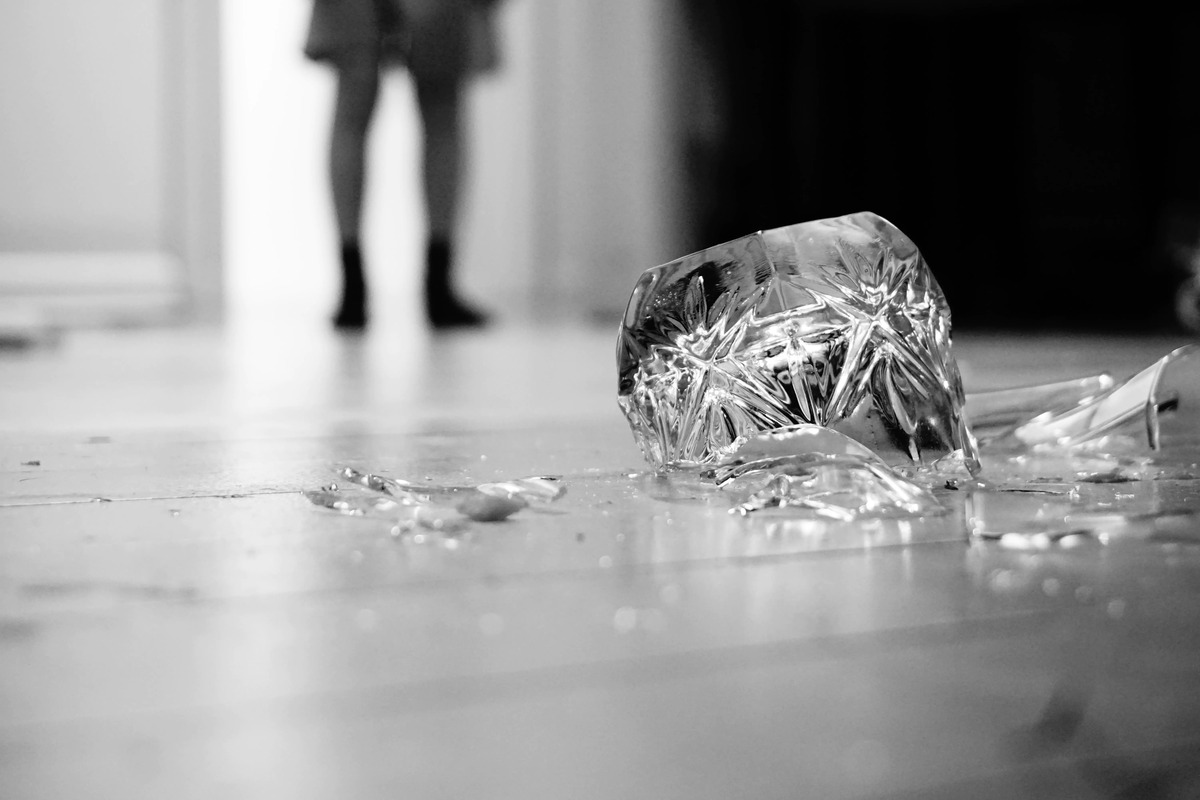
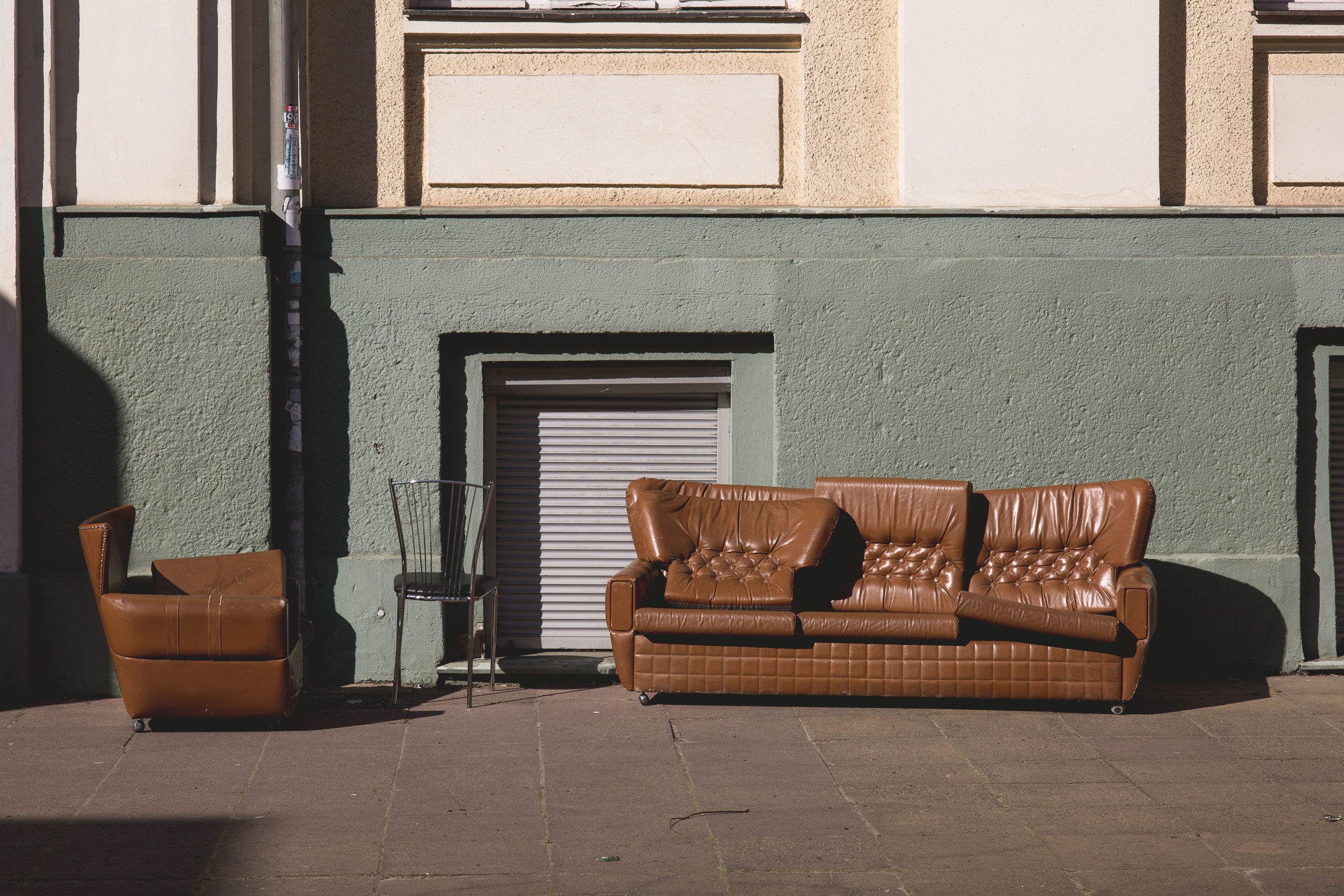

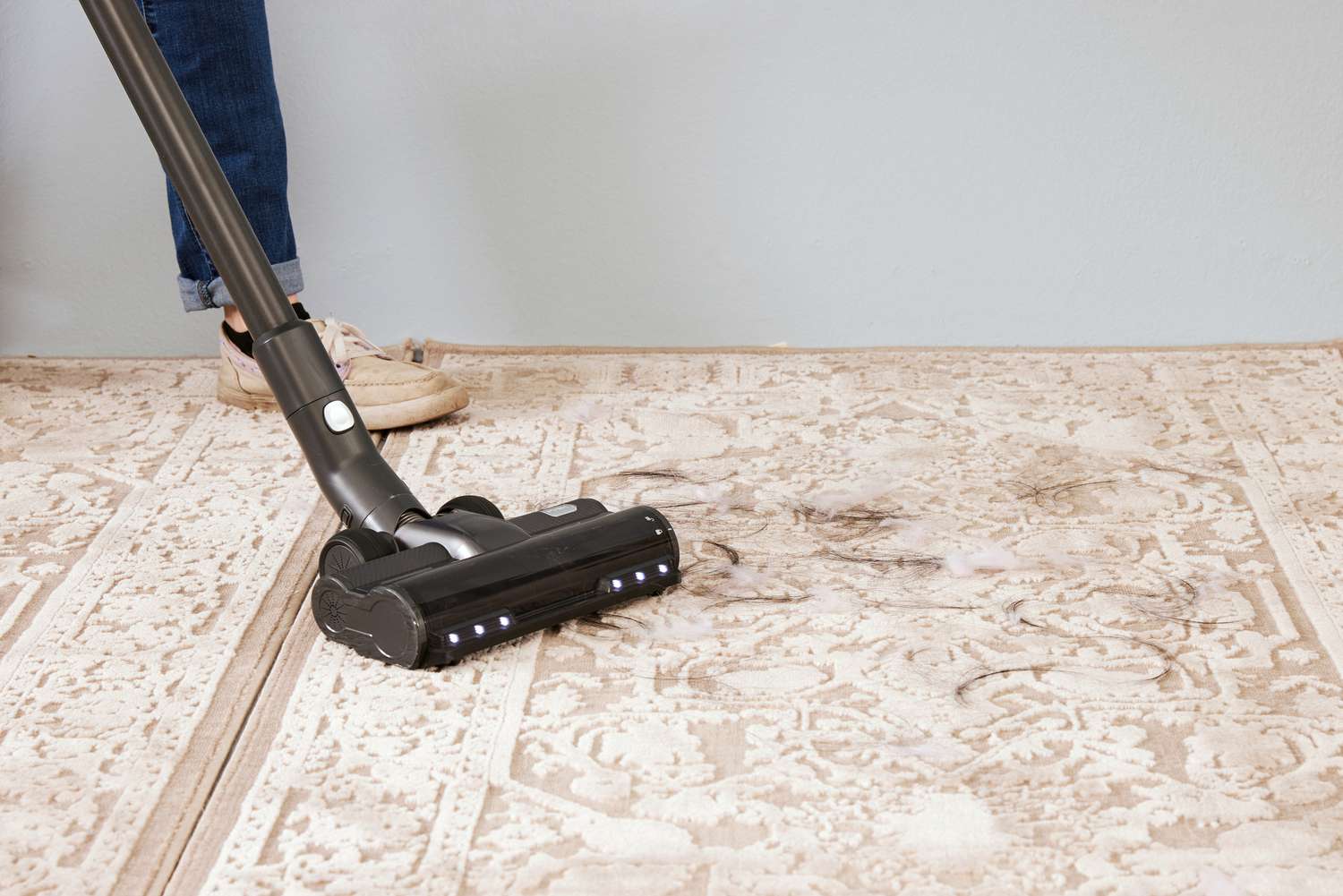


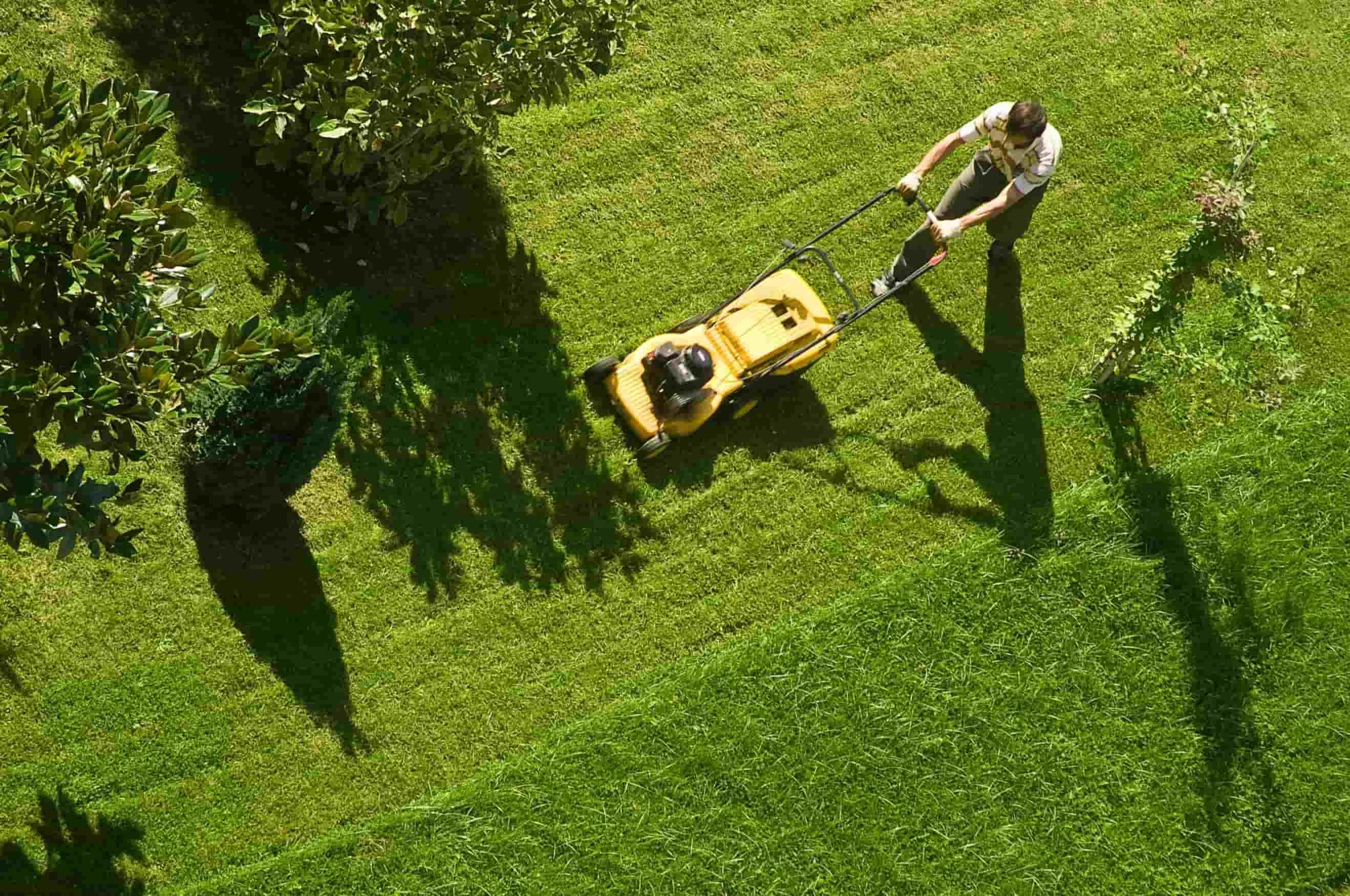

0 thoughts on “How To Pick Up Broken Glass”